Sierra Space’s oxygen tech boosts lunar sustainability, aiding NASA’s Artemis goal for a permanent moon base and future Mars missions.
Category: sustainability – Page 106
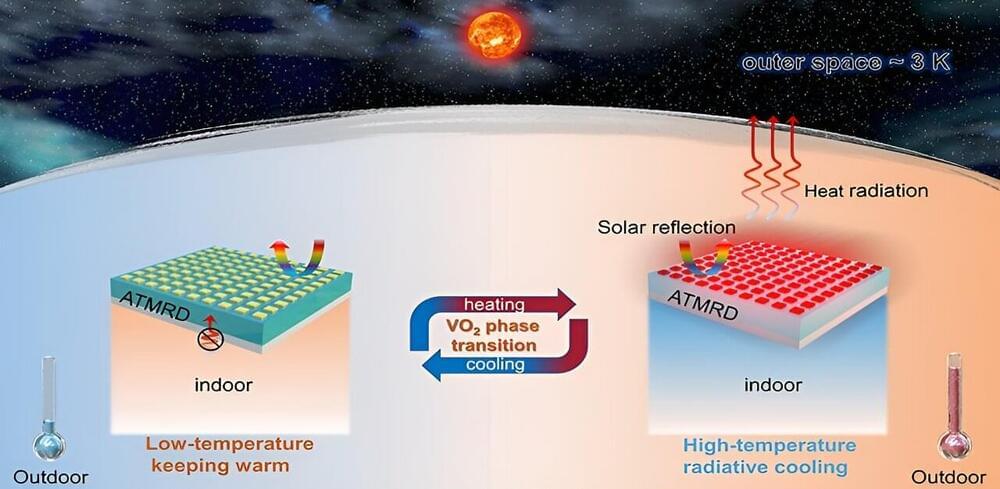
Novel metasurface enables temperature-adaptive radiative cooling
As the global energy crisis intensifies and climate change accelerates, finding sustainable solutions for energy management is increasingly urgent. One promising approach is passive radiative cooling, a technology that allows objects to cool by emitting heat directly into space, requiring no additional energy.
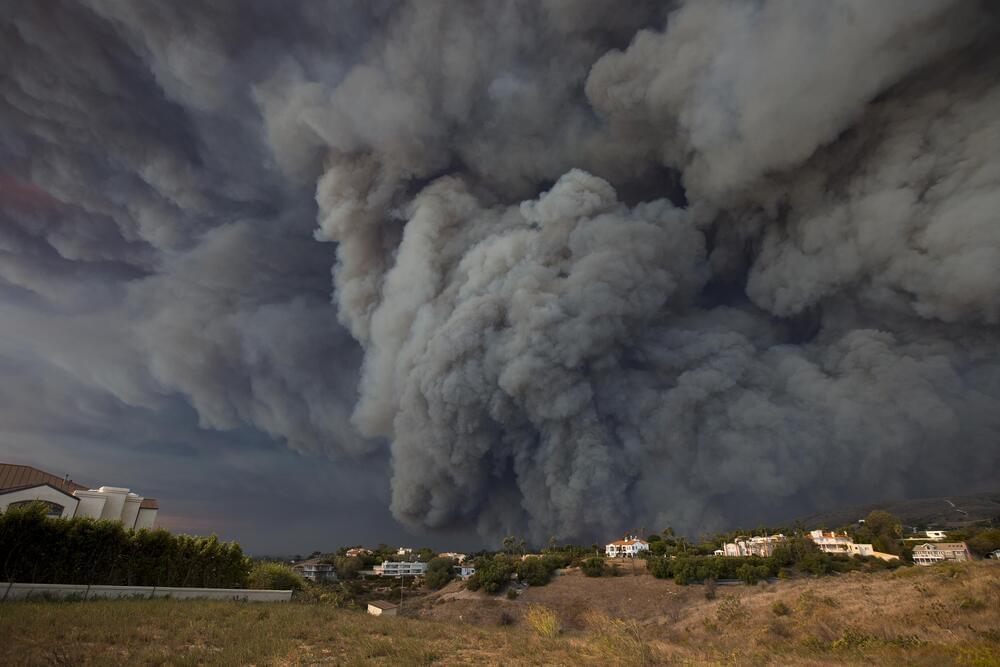
People in California told to avoid leaving the house
Officials in southern California are advising some residents against leaving their homes as wildfire smoke worsens air quality in the region.
On Monday afternoon, the National Weather Service (NWS) office in San Diego broadcast an air quality alert from the South Coast Air Quality Management District (AQMD). The alert warned of increased fine particle pollution from wildfire smoke across parts of southern California, and it is expected to remain in place until 11 p.m. local time Tuesday.
“If you smell smoke or see ash due to a wildfire, remain indoors with windows and doors closed or seek alternative shelter, if feasible,” the alert said. “Avoid vigorous physical activity and run your air conditioner and/or an air purifier. If possible, do not use whole house fans or swamp coolers that bring in outside air. Avoid burning wood in your fireplace or firepit and minimize sources of indoor air pollution such as candles, incense, pan-frying, and grilling.”

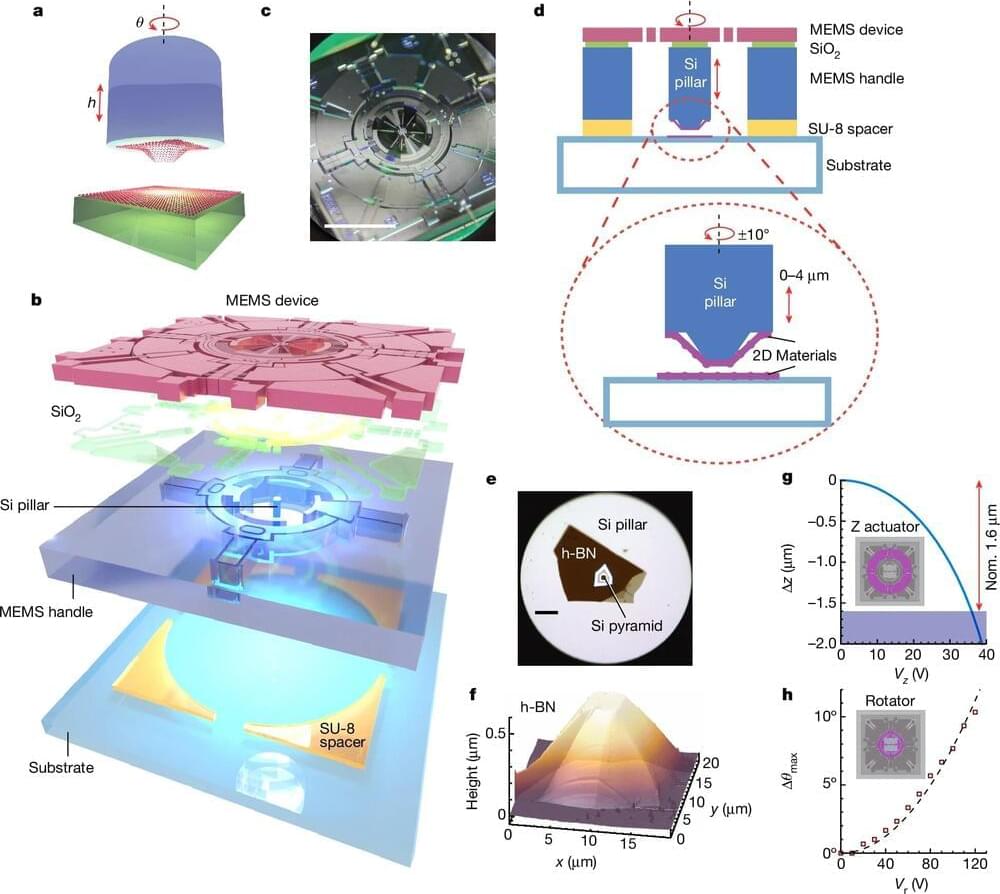
New device simplifies manipulation of 2D materials for twistronics
A discovery six years ago took the condensed-matter physics world by storm: Ultra-thin carbon stacked in two slightly askew layers became a superconductor, and changing the twist angle between layers could toggle their electrical properties. The landmark 2018 paper describing “magic-angle graphene superlattices” launched a new field called “twistronics,” and the first author was then-MIT graduate student and recent Harvard Junior Fellow Yuan Cao.
Together with Harvard physicists Amir Yacoby, Eric Mazur, and others, Cao and colleagues have built on that foundational work, smoothing a path for more twistronics science by inventing an easier way to twist and study many types of materials.
A new paper in Nature describes the team’s fingernail-sized machine that can twist thin materials at will, replacing the need to fabricate twisted devices one by one. Thin, 2D materials with properties that can be studied and manipulated easily have immense implications for higher-performance transistors, optical devices such as solar cells, and quantum computers, among other things.
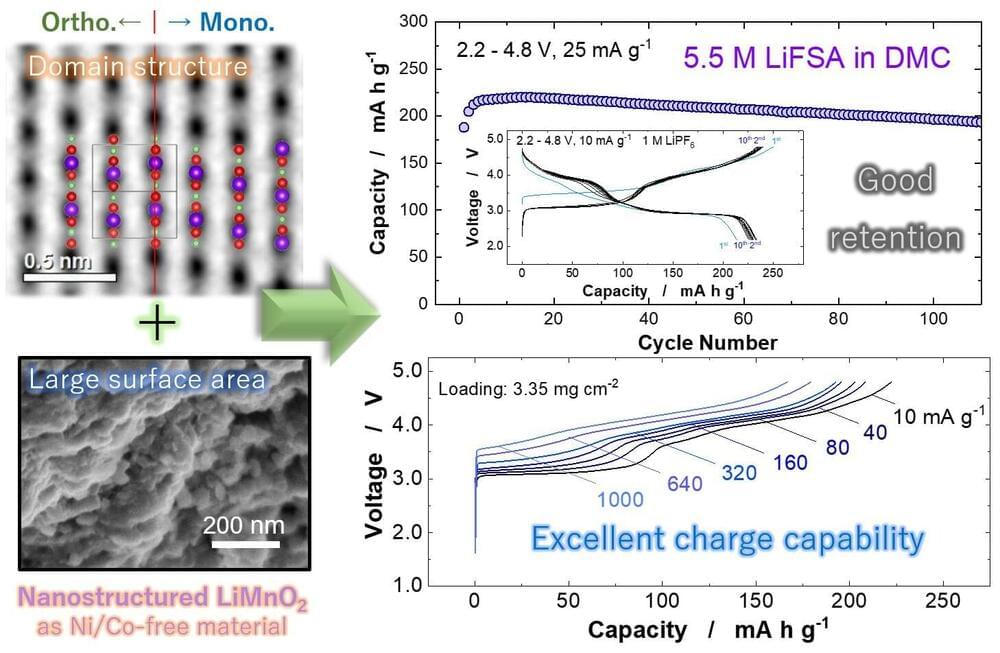
LiMnO₂ Electrodes could Replace Ni/Co in Electric Vehicle Batteries
Lithium-ion (or Li-ion) batteries are heavy hitters when it comes to the world of rechargeable batteries. As electric vehicles become more common in the world, a high-energy, low-cost battery utilizing the abundance of manganese (Mn) can be a sustainable option to become commercially available and utilized in the automobile industry.
Currently, batteries used for powering electric vehicles (EVs) are nickel (Ni) and cobalt (Co)-based, which can be expensive and unsustainable for a society with a growing desire for EVs.
By switching the positive electrode materials to a lithium/manganese-based material, researchers aim to maintain the high performance of Ni/Co-based materials but with a low-cost, sustainable twist.
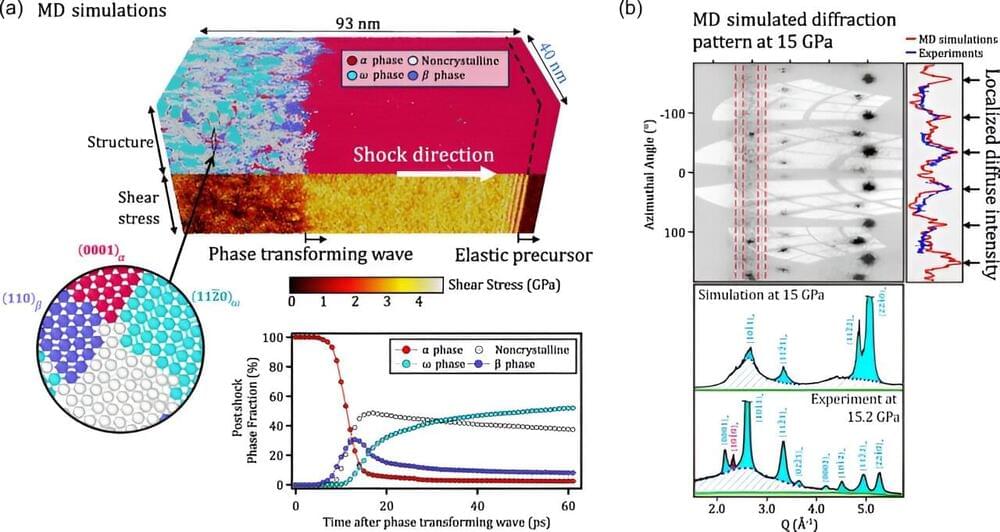
Zirconium metals under extreme conditions found to deform in surprisingly complex ways
Materials are crucial to modern technology, especially those used in extreme environments like nuclear energy systems and military applications. These materials need to withstand intense pressure, temperature and corrosion. Understanding their lattice-level behavior under such conditions is essential for developing next-generation materials that are more resilient, cheaper, lighter and sustainable.

Using sunlight to turn two greenhouse gases into valuable chemicals
McGill University researchers have harnessed the power of sunlight to transform two of the most harmful greenhouse gases into valuable chemicals. The discovery could help combat climate change and provide a more sustainable way to produce certain industrial products.
“Imagine a world where the exhaust from your car or emissions from a factory could be transformed, with the help of sunlight, into clean fuel for vehicles, the building blocks for everyday plastics, and energy stored in batteries,” said co-first author Hui Su, a Postdoctoral Fellow in McGill’s Department of Chemistry. “That’s precisely the kind of transformation this new chemical process enables.”
The research team’s new light-driven chemical process converts methane and carbon dioxide into green methanol and carbon monoxide in one reaction. Both products are highly valued in the chemical and energy sectors, the researchers said.
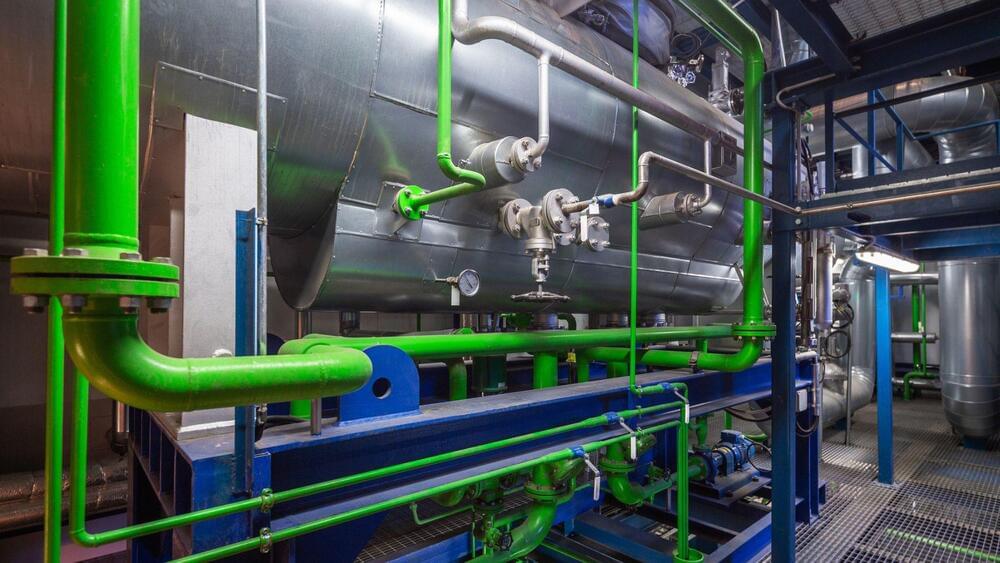
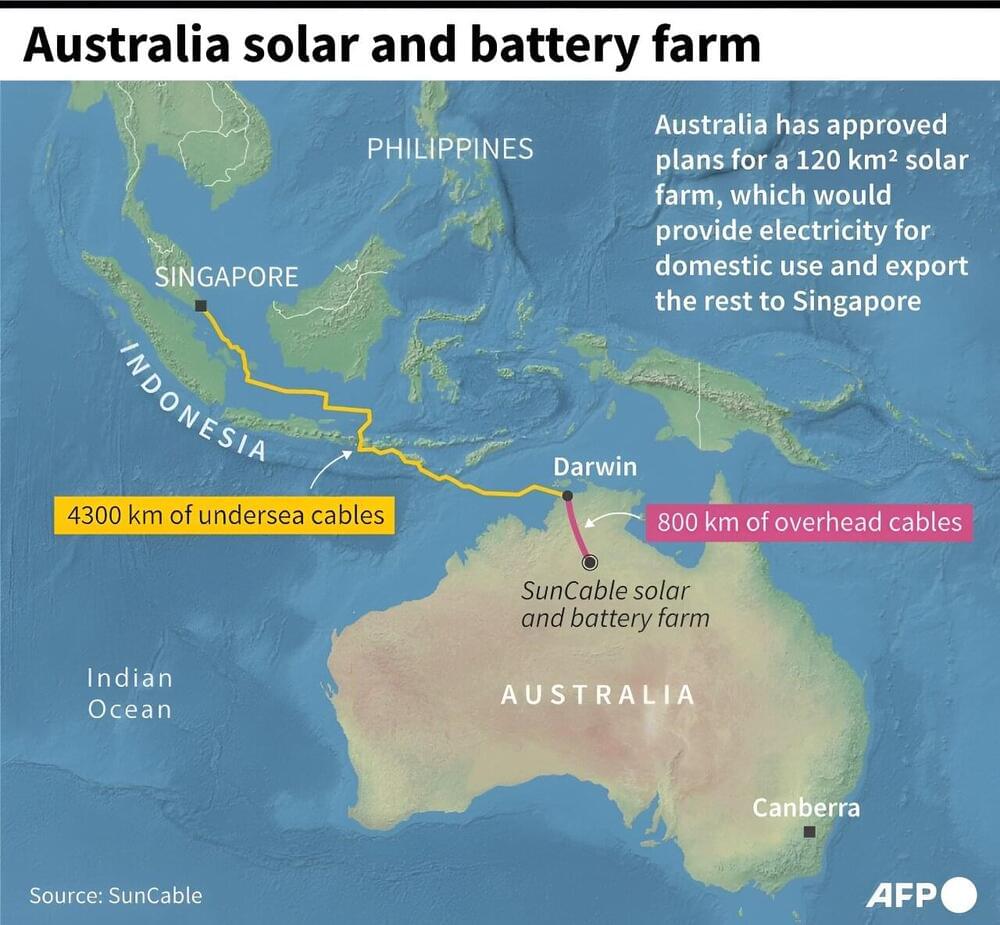
Australia Green Lights World’s ‘Largest’ Solar Hub
Australia on Wednesday approved plans for a massive solar and battery farm that would export energy to Singapore, a project it calls the “largest solar precinct in the world”
Authorities announced environmental approvals for SunCable’s US$24 billion project in Australia’s remote north that is slated to power 3million homes.
The project, which will include an array of panels, batteries and, eventually, a cable linking Australia with Singapore, is backed by tech billionaire and green activist Mike Cannon-Brookes.